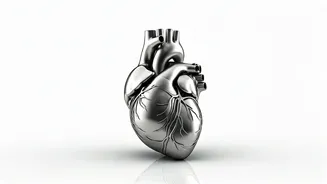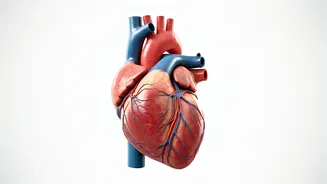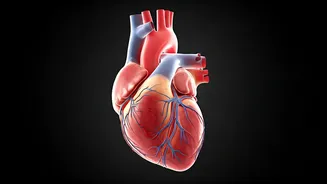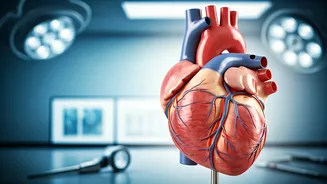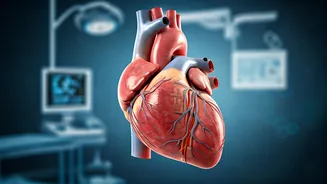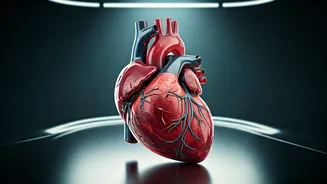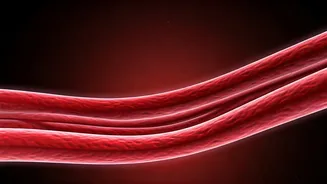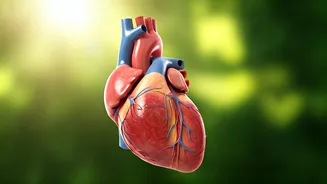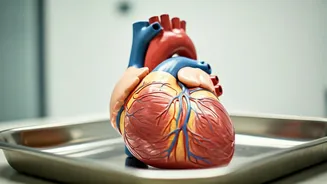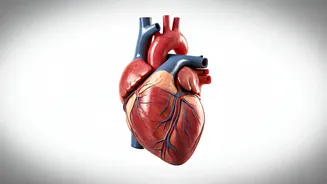Silent Threat Unveiled
A silent heart attack, also known as a silent myocardial infarction, presents a significant health risk. It occurs when blood flow to the heart is severely
reduced or blocked, leading to heart muscle damage, without causing the typical chest pain associated with a regular heart attack. The absence of noticeable symptoms can delay diagnosis and treatment, thereby increasing the risk of long-term cardiovascular damage and potentially fatal consequences. These attacks are particularly insidious due to their hidden nature, with the affected individuals often unaware of the damage happening within their heart. Early identification and intervention are paramount for effective management and improved patient outcomes. Awareness of the subtle indicators becomes critical, as prompt action can significantly influence the severity of the damage and promote better recovery chances.
Subtle Warning Signs
Recognizing the subtle warning signs is vital for early detection. The first sign often overlooked is unexplained fatigue or exhaustion. Experiencing extreme tiredness that is not relieved by rest could indicate an issue with the heart's function. The second sign to consider is shortness of breath, particularly during mild physical activities. If a person finds themselves struggling to breathe when doing something they previously managed without issue, this could be a signal of a problem with the heart's ability to pump blood efficiently. The third red flag involves experiencing discomfort in the upper body, such as the back, jaw, or arms. Any unexplained discomfort or pain in these areas, even if seemingly minor, should be taken seriously as it could be a referred symptom of heart-related issues. Understanding these subtle indicators and their potential significance is crucial for individuals who want to take proactive steps to monitor and maintain their cardiovascular health.
Immediate Action Steps
Prompt action is necessary if these subtle symptoms appear. The first step involves consulting a healthcare professional immediately. A thorough medical evaluation, including tests like an electrocardiogram (ECG) and blood tests, can help confirm or rule out the possibility of a silent heart attack. Do not dismiss these symptoms as minor or unrelated; seeking medical advice is always the safest approach. The second crucial aspect is the lifestyle modifications and preventative measures which one can incorporate. Following the guidance of a doctor, adopting a heart-healthy diet, regular exercise, and stress management techniques are essential. Avoiding smoking and limiting alcohol intake are also vital steps. Furthermore, consistently monitoring blood pressure and cholesterol levels, and adhering to prescribed medications, can help in managing and minimizing the risk of future heart problems. Implementing these measures can significantly improve overall cardiovascular health and enhance the ability to manage heart-related conditions.
Protecting Your Heart
Safeguarding heart health involves a proactive and holistic approach. This includes understanding the risk factors for heart disease and taking steps to mitigate them. Regularly checking your blood pressure, cholesterol levels, and blood sugar can aid in detecting early signs of potential issues. Eating a balanced diet with plenty of fruits, vegetables, and lean protein, while minimizing saturated and trans fats, is essential for maintaining optimal heart health. Engaging in regular physical activity, like brisk walking or jogging, helps to strengthen the heart and improve blood circulation. Managing stress through practices like yoga or meditation also has a positive effect. Finally, avoiding tobacco products and limiting alcohol consumption can significantly reduce the risk of heart disease. Remember, taking these preventative steps and staying proactive can have a massive impact on your cardiovascular health.
